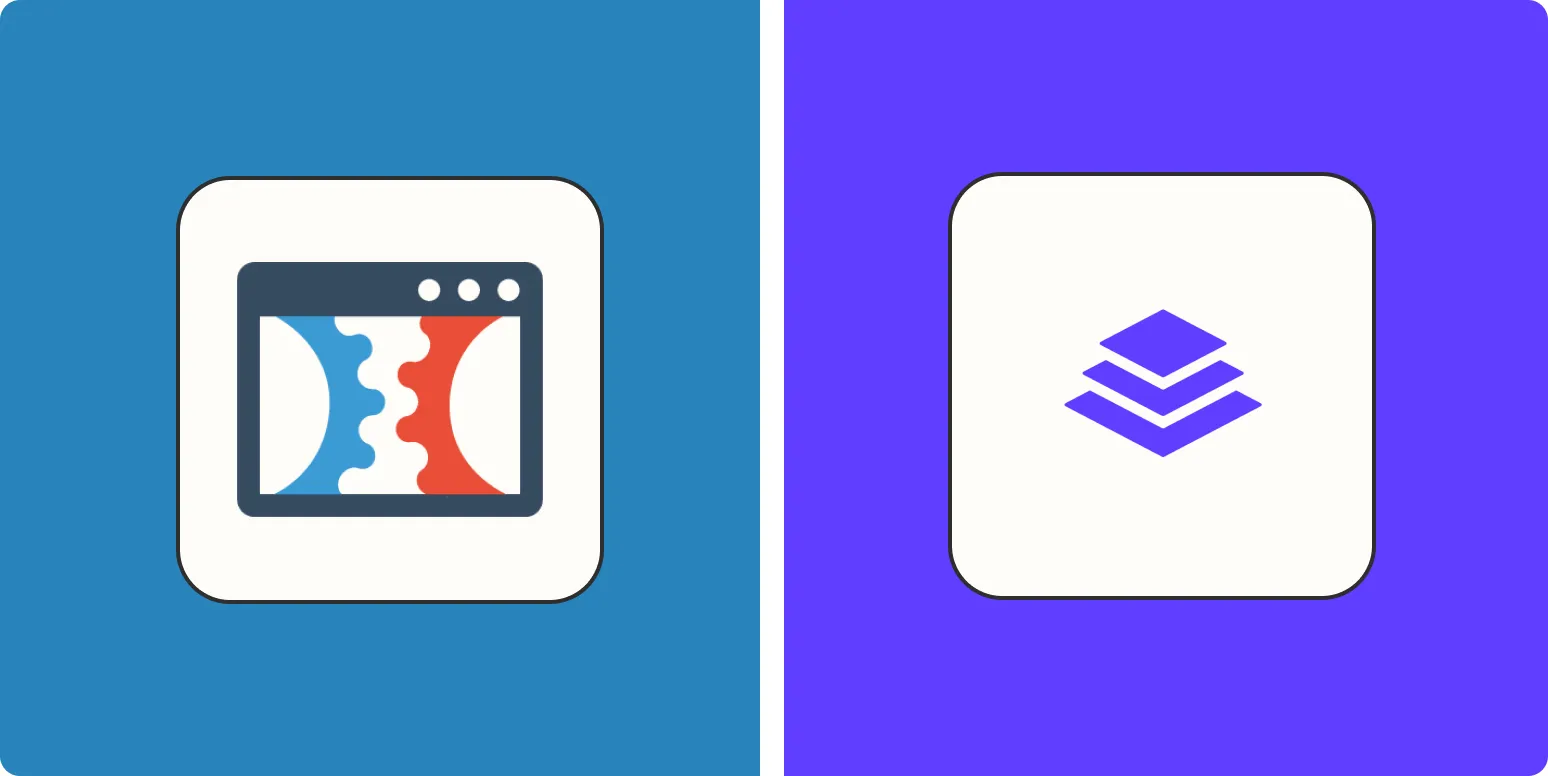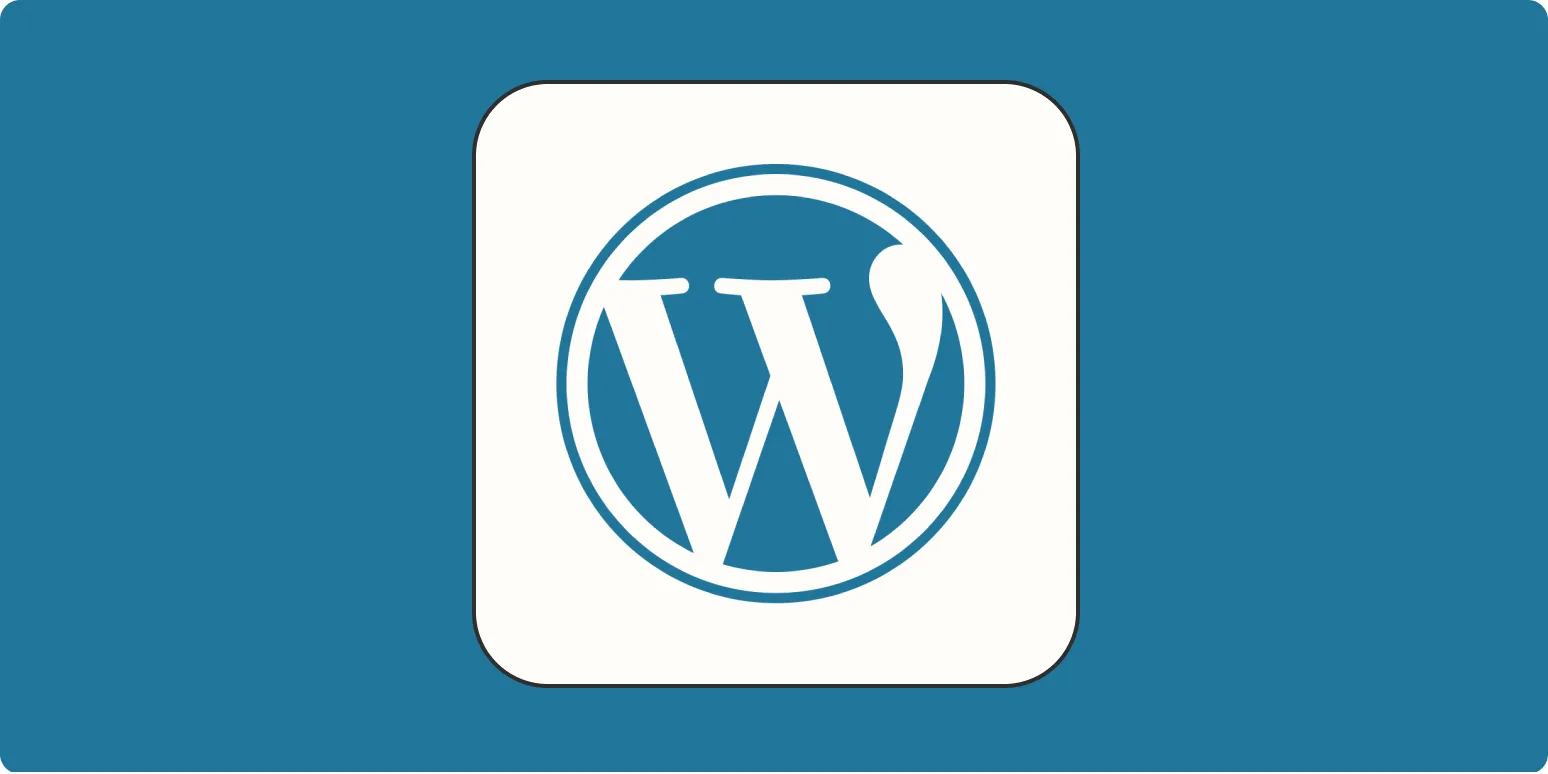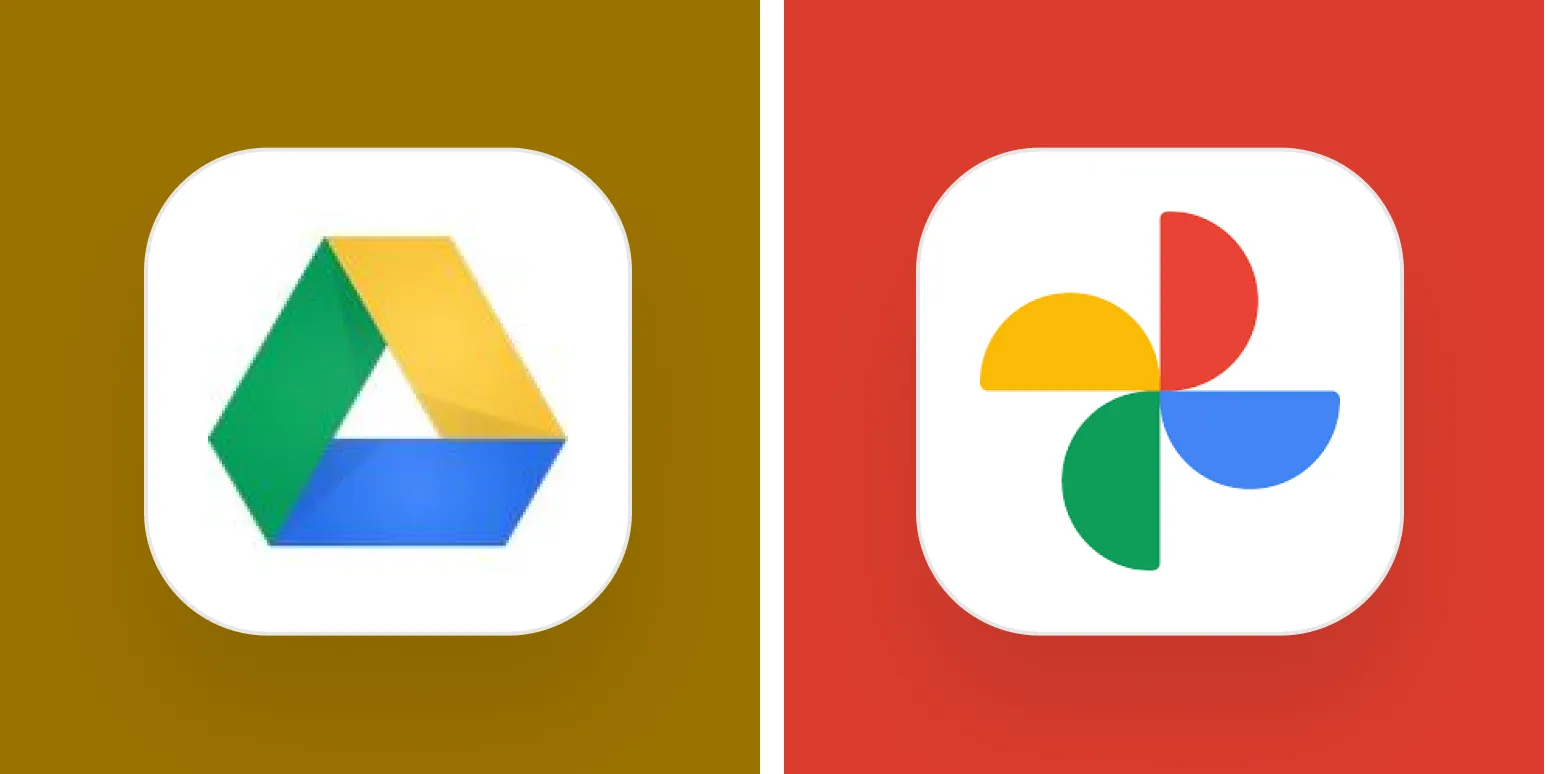When it comes to creating effective landing pages, two of the most popular tools on the market are ClickFunnels and Leadpages. Both platforms offer unique features and benefits, making it essential to analyze their strengths and weaknesses to determine which one is the right fit for your business. In this article, we will explore the key differences between ClickFunnels and Leadpages, focusing on their functionalities, pricing, and ease of use, while also considering how they relate to essential marketing strategies like referrerAdCreative.
Overview of ClickFunnels
ClickFunnels is a comprehensive sales funnel builder that allows users to create entire sales processes, including landing pages, order forms, and upsell pages. It's designed for marketers who want to manage multiple aspects of their sales funnel in one place. Key features of ClickFunnels include:
- Drag-and-drop editor for easy page creation
- Integrated email marketing capabilities
- Advanced analytics and tracking options
- The ability to create membership sites
- Sales funnel templates for various industries
Overview of Leadpages
Leadpages, on the other hand, is primarily focused on landing page creation. It's known for its user-friendly interface and a vast library of templates tailored for lead generation. Some notable features of Leadpages include:
- High-converting landing page templates
- Built-in A/B testing tools
- Integration with various email marketing services
- Lead magnet delivery options
- Simple publishing options, including WordPress integration
Comparative Analysis
To help you understand the differences better, we’ve created a comparison chart that highlights the key features of each platform:
| Feature | ClickFunnels | Leadpages |
|---|---|---|
| Page Builder | Drag-and-drop with funnel templates | Drag-and-drop with landing page templates |
| Email Marketing | Built-in | Integrations available |
| A/B Testing | Advanced testing features | Built-in A/B testing |
| Sales Funnel Features | Comprehensive | Limited to landing pages |
| Membership Sites | Yes | No |
| Pricing | Starts at $97/month | Starts at $27/month |
Ease of Use
Both platforms are designed to be user-friendly, but they cater to different audiences. ClickFunnels offers a more comprehensive approach, which may seem overwhelming for beginners who only need basic landing pages. However, once you get the hang of it, the extensive features can be incredibly beneficial for those looking to implement complex sales funnels.
On the other hand, Leadpages focuses on simplicity and speed. Its intuitive interface allows users to create landing pages quickly without a steep learning curve. This makes it an excellent choice for small business owners who want to generate leads without the need for advanced sales funnel capabilities.
Pricing Comparison
Pricing is an important factor when choosing between ClickFunnels and Leadpages. Here’s a breakdown of their pricing structures:
| Plan | ClickFunnels | Leadpages |
|---|---|---|
| Basic | $97/month | $27/month |
| Pro | $297/month | $59/month |
| Advanced | Custom Pricing | $321/month |
Best Use Cases
Choosing the right platform often depends on your specific needs. If you're a marketer looking to create an entire sales funnel, including upsells and order forms, then ClickFunnels is the better option. Its extensive features allow you to manage every aspect of your sales process seamlessly.
Conversely, if your primary goal is to generate leads through high-converting landing pages, Leadpages is the more suitable choice. Its simplicity and focused features make it ideal for businesses that want to drive conversions without the complexity of a full sales funnel.
Conclusion
In conclusion, both ClickFunnels and Leadpages have their advantages and disadvantages. Your choice ultimately depends on your business needs, budget, and marketing strategy. For those integrating referrerAdCreative in their marketing campaigns, both tools can play a significant role in optimizing lead generation. Evaluate your goals and consider trying both platforms with their free trials to see which one aligns best with your objectives.





